Which Asian countries and which sectors are performing best in terms of real estate and why? Industry experts shared their insights at REDS Asia this month in Bangkok.

November 28th, 2019
The eighth edition of the Real Estate Development Summit (REDS) was held on 14 and 15 November 2019 at the Grand Mercure Bangkok Fortune Hotel, where over 270 regional delegates assembled for discussion about the state of the real estate industry, trends in the market, the impact of world events and national policies, and supply and demand.
For this first Asian edition of REDS, Indesign Media Asia Pacific and the INDE.Awards partnered with summit organiser GBB Venture for media coverage, with myself also serving as summit Chairperson for the two-day event.
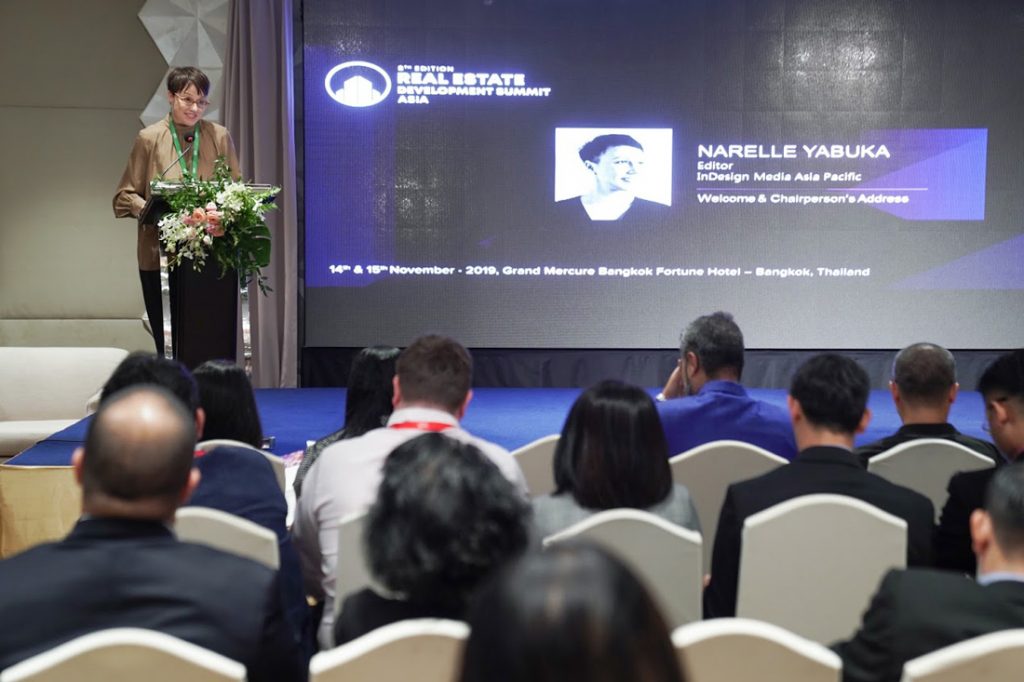
Delegates came from Thailand, Singapore, Hong Kong, Malaysia, Indonesia, India, Sri Lanka, Bangladesh, Vietnam and the Philippines, and speakers were also of diverse origins. Knowledge-sharing keynotes and panel discussions were paired with speed dating and face-to-face meetings between suppliers and buyers.
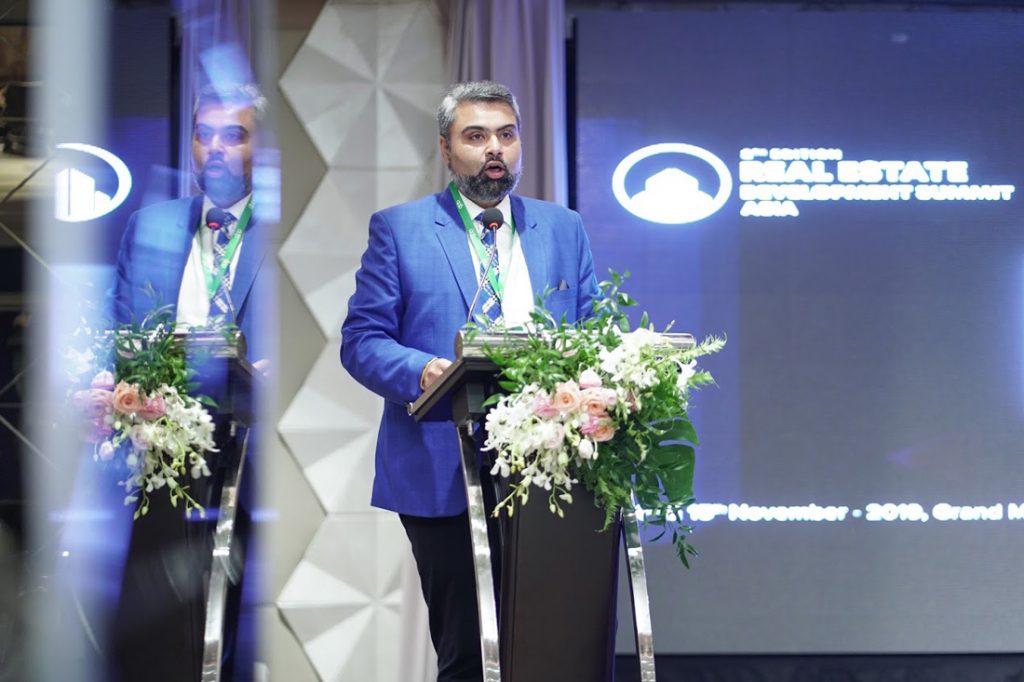
Day one focused on the state of the real estate market in Asia. Dr GD Singh, Founder & Chairman of the Asia-African Chamber of Commerce & Industry (India) was the first of many speakers throughout the summit to mention the US-China trade conflict, instability in the financial sector, and the increased cost of borrowing. We need to rethink our real estate strategies, he said, noting that data centres and coworking spaces are significant growth areas.
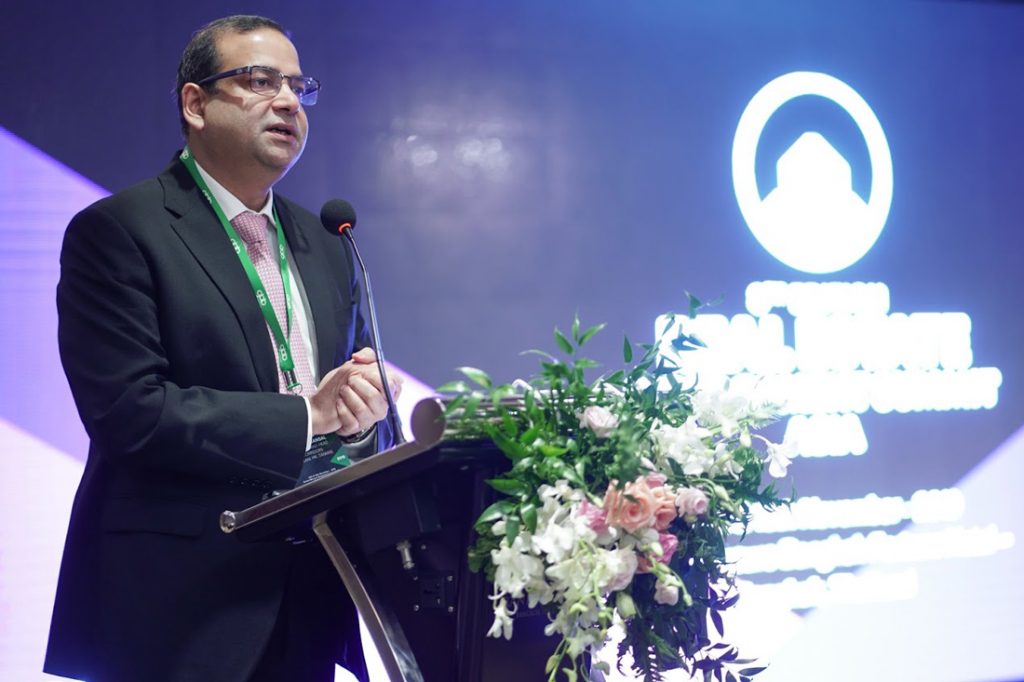
In his real estate market update, Neeraj Bansal, Partner and Head Corridors (ASEAN, HK, Taiwan) at KPMG (India) spoke of how US investment in China is diverting to the UK, Australia and Southeast Asia – with Malaysia, Vietnam and Thailand set to make big gains as a result.
He spoke of a new era of office spaces driven by fintech and proptech companies – offices with their own F&B outlets, gyms and generally vibrant atmospheres. From pure bricks-and-mortar operations, some developers may need to become more service driven, he said, and more focused on lifestyle.
In a volatile new world where lines are blurring between real estate, technology and service companies, “no normal” is the new normal, he said. He added that investors have their eyes on coworking, coliving, data centres and affordable housing. Residential is under pressure in India, he said. And while many economies are not growing, Vietnam is a bright spot – particularly Ho Chi Minh City for office, retail and residential.
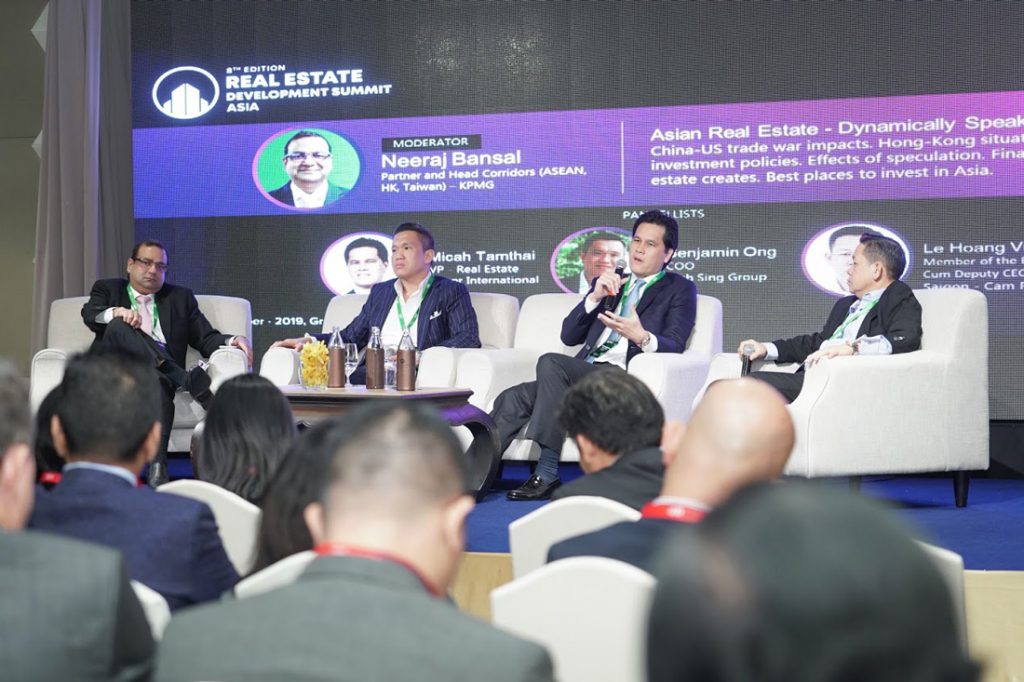
In the first panel session of day one, Bansal led a discussion about the dynamics of Asian real estate with panellists from three high-growth companies. In Malaysia, investors are looking for yields and domestic demand is up, said Benjamin Ong Chin Yee, the COO at Mah Sing Group Bhd (Kuala Lumpur). He has his eye on demand for affordable housing.
Is Vietnam moving toward a bubble? Well it’s certainly a hot market, said Le Hoang Vu, the Deputy CEO of Saigon Cam Ranh JSC (Vietnam) – particularly in the industrial and hospitality markets. Local contractors have improved in quality and competitiveness, which is proving a great aid to the real estate ecosystem.
Meanwhile in Thailand, hotels are suffering from a drop in Chinese tourist numbers. But manufacturing is on the rise, said Micah Tamthai, the Vice President of Real Estate at Minor International (MINT, Bangkok). And luxury residential is a point of interest in Phuket.
There is a need to invest in AI and big data, said some of the panellists, to understand customers and market trends better. But we should be wary of jumping on trends such as coworking, coliving and data centres, cautioned Ong. Ultimately, they don’t make money, he said, and we should go back to the fundamentals for cash flow and yield generation.

The second panel discussion of day one analysed demand and supply, and whether the gap between them is being bridged. Moderator Sue-Chi Hong, the Head of Supply Chain Management & Procurement, South Asia, at Jones Lang Lasalle Property Consultants (Singapore), probed for thoughts about the effect of the unrest in Hong Kong on capital outflow.
There is pessimism about the retail sector in Hong Kong, and while offices should remain steady there, there’s interest in Southeast Asia – particularly Malaysia – for residential capital, said Leo Ming-Yan Lo, the Founder of Asia PropTech (Hong Kong).
But there is clustered oversupply of residential in Bangkok, said Marciano Birjmohun, the Managing Director of DMRD Co. Ltd (Bangkok). He is seeing more demand for managed residences.
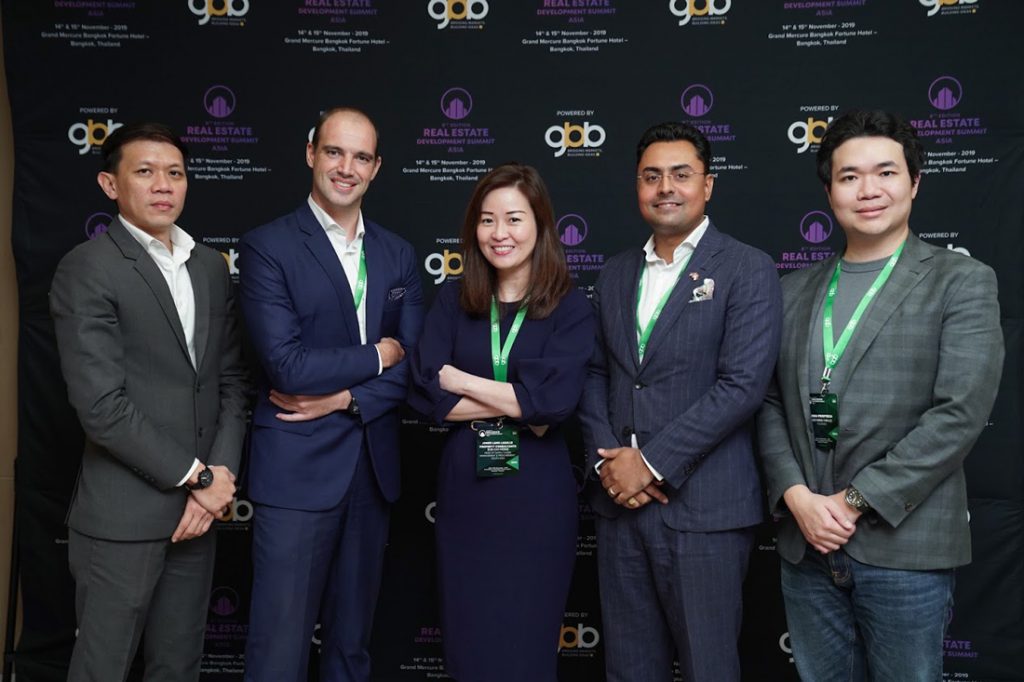
From the design point of view, there’s a need to be more cosmopolitan and cater to the tastes of the local Thai ad international markets, said Ong Qi Rong, the Director Architecture at ONG&ONG’s Bangkok studio. There’s also a need to innovate with a mix of facilities in single developments to attract the market and justify prices, he said. Self-sufficient developments are a driving trend for residential and hospitality in Thailand. And in Myanmar, demand is rising for upper-tier landed residential.
Some parts of the Malaysian market are oversupplied, said Hans Weemaes, the Managing Director at green building consultancy NEAPOLI (Kuala Lumpur), such as luxury residential. Developers looking to differentiate their product are now moving beyond energy and water efficiency, and sustainably sourced materials, said Weemaes. They’re looking now to the occupants and the creation of environments for wellness.
While residential developers might be tempted to try their hands at integrated coworking facilities, Birjmohun recommended they instead find an experienced partner.
Across the board, the panel revealed, there’s room for much greater focus on sustainable design and construction, and on data – which, unlike in the health industry, is difficult to come by in real estate.
See more from day 1 below, and look out for our next article with insights from day 2.
A searchable and comprehensive guide for specifying leading products and their suppliers
Keep up to date with the latest and greatest from our industry BFF's!

Channelling the enchanting ambience of the Caffè Greco in Rome, Budapest’s historic Gerbeaud, and Grossi Florentino in Melbourne, Ross Didier’s new collection evokes the designer’s affinity for café experience, while delivering refined seating for contemporary hospitality interiors.

Suitable for applications ranging from schools and retail outlets to computer rooms and X-ray suites, Palettone comes in two varieties and a choice of more than fifty colours.

In the pursuit of an uplifting synergy between the inner world and the surrounding environment, internationally acclaimed Interior Architect and Designer Lorena Gaxiola transform the vibration of the auspicious number ‘8’ into mesmerising artistry alongside the Feltex design team, brought to you by GH Commercial.

Savage Design’s approach to understanding the relationship between design concepts and user experience, particularly with metalwork, transcends traditional boundaries, blending timeless craftsmanship with digital innovation to create enduring elegance in objects, furnishings, and door furniture.

Taking place Wednesday 9 August online, this FREE digital all-day summit is the perfect way to top up your knowledge with cutting-edge regional content and ideas.

As judging commences for the INDE.Awards 2022, the INDE Summit (3 August) announces its 6 top program highlights.

Bangkok gets its own Jaime Hayon-designed hotel with The Standard, Bangkok Mahanakhon.
The internet never sleeps! Here's the stuff you might have missed

Available now across Australia, Eden TPO is setting new standards in terms of not just sustainability, but also style.

Third in the series of boutique hotels under the Lloyd’s Inn brand, Lloyd’s Inn Kuala Lumpur bring the immediacy of nature to the new high-rise hospitality experience in the heart of a bustling city.